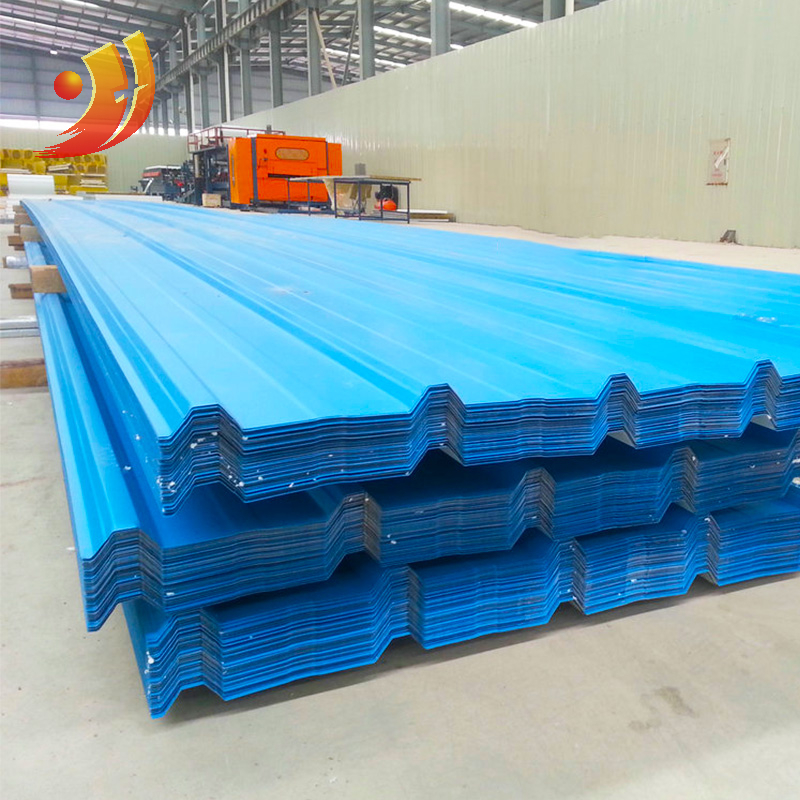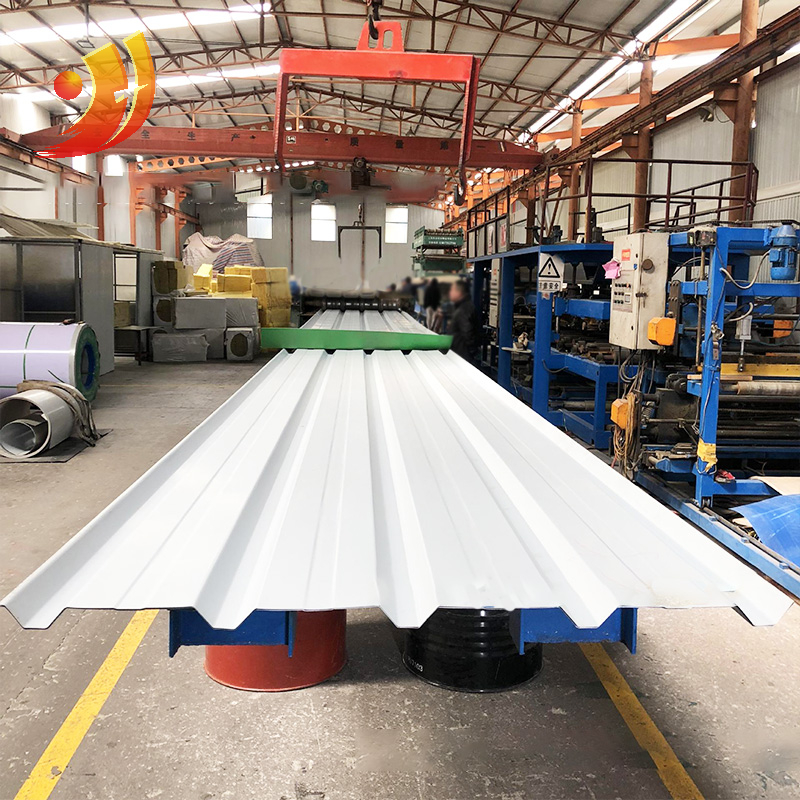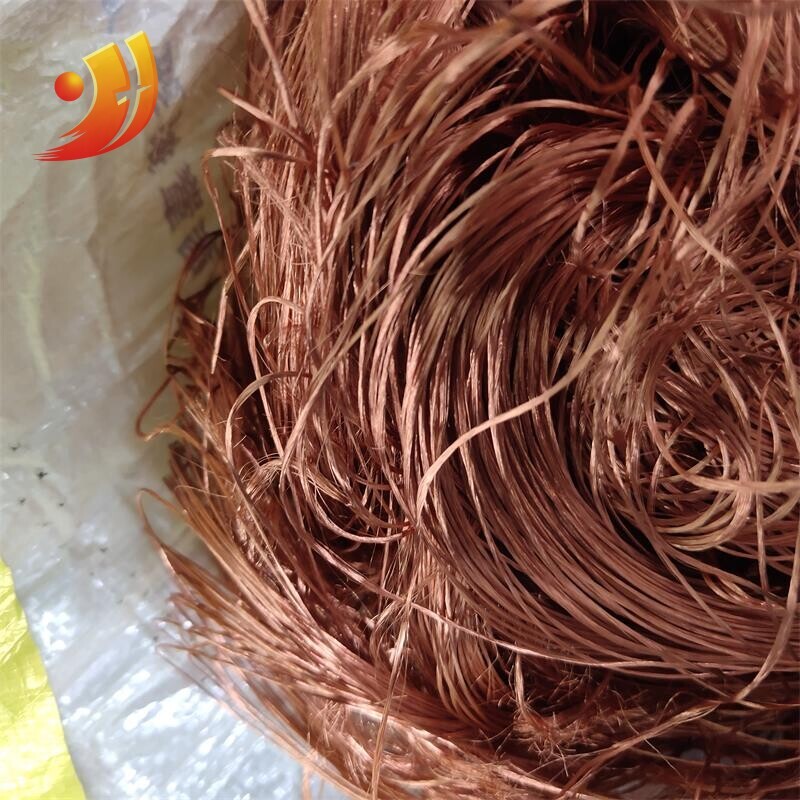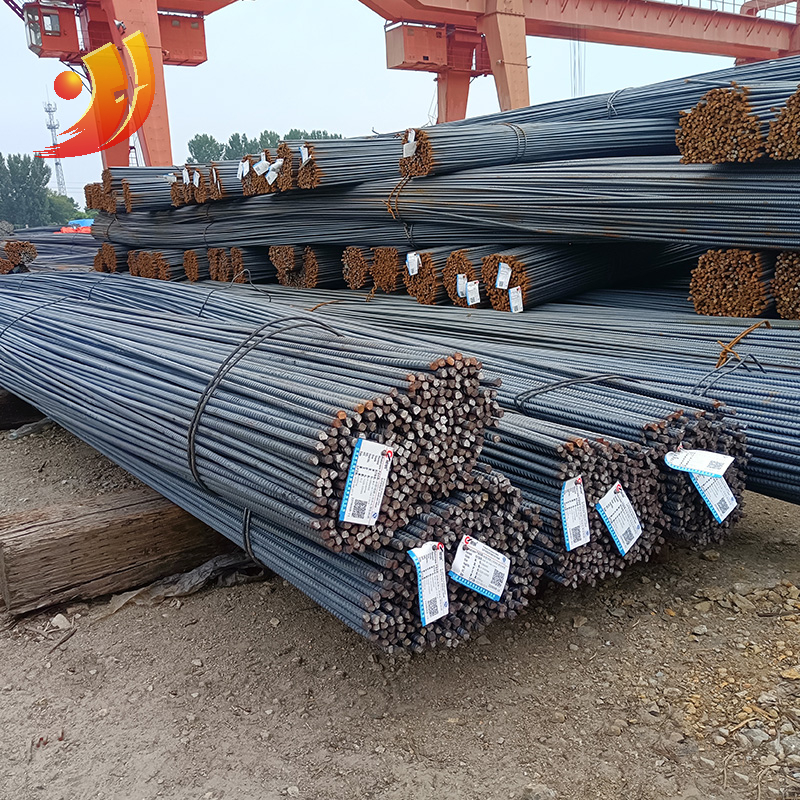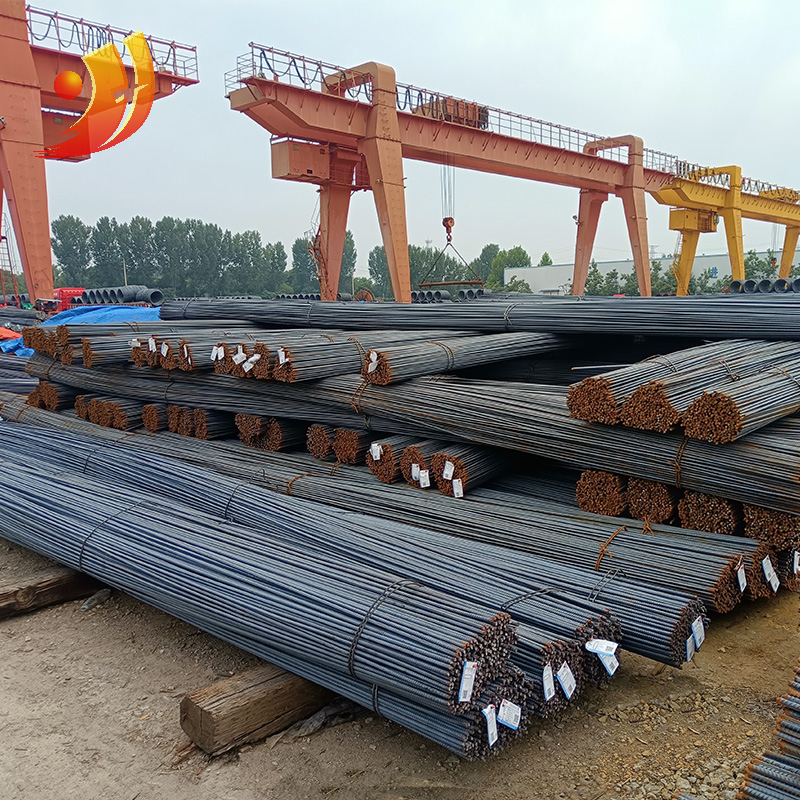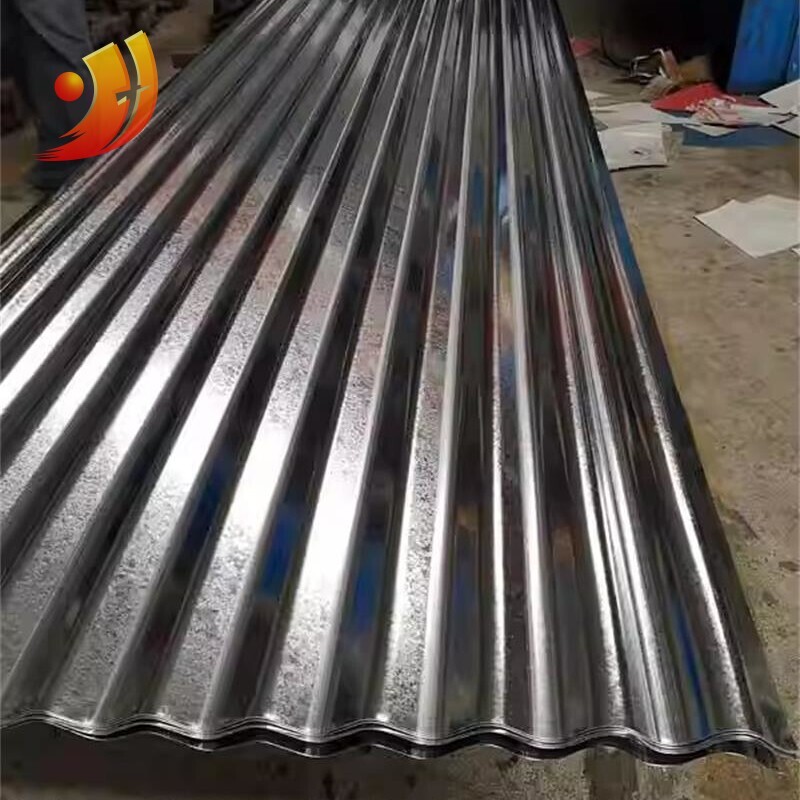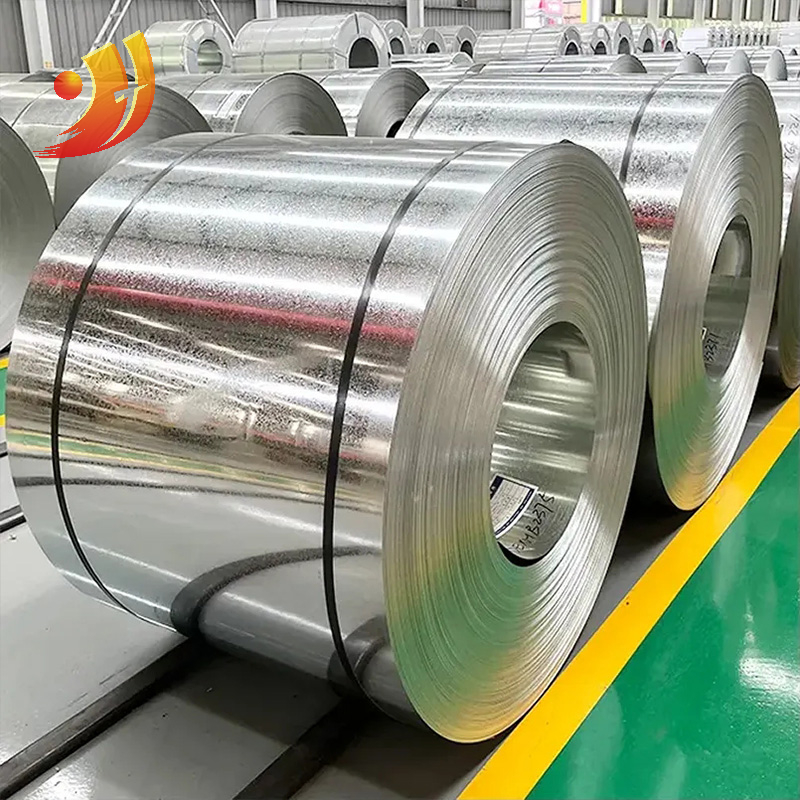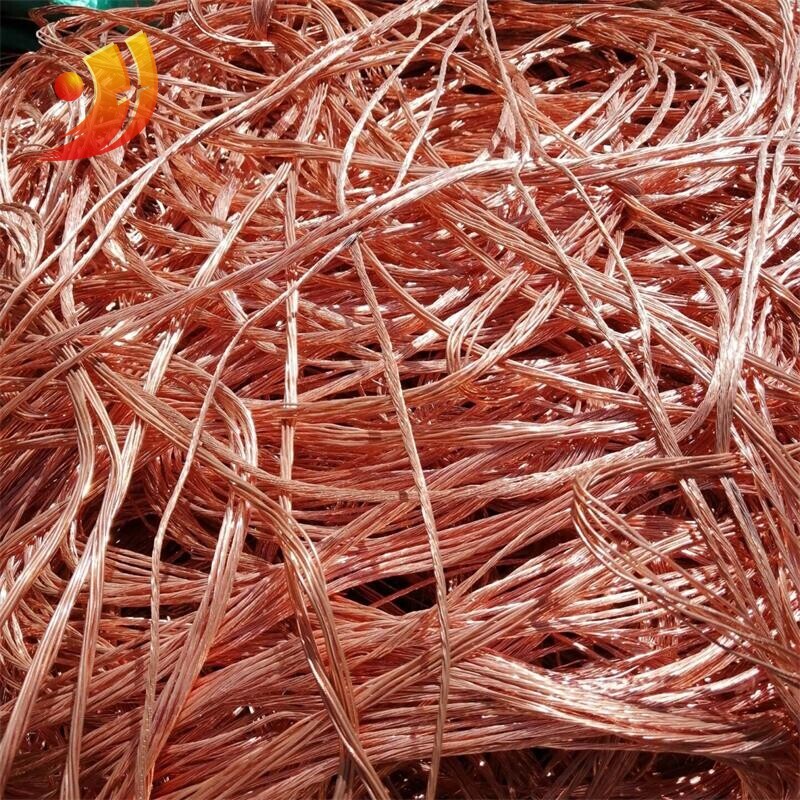
Product Description
Introduction to roof panels
Roof tiles are also called profiled panels. They are made of color-coated steel sheets, galvanized sheets and other metal sheets that are rolled and cold-bent into various corrugated profiled panels. They are suitable for industrial and civil buildings, warehouses, special buildings, and large-span buildings. Roofs, walls and interior and exterior wall decoration of steel structure houses.
Product features:
(1) It has beautiful and novel appearance, rich colors, strong decoration, flexible combination, and can express different architectural styles;
(2) Light weight (6~10kg/m²), high strength (yield strength 250~550MPa), good skin stiffness, and good anti-seismic performance of waterproofing agent;
(3) Factory-made products are of high quality;
(4) Convenient construction and installation, reducing the installation and transportation workload and shortening the construction period;
(5) Profiled steel plates are environmentally friendly building materials and can be recycled. The promotion and application of profiled steel plates is in line with the policy of sustainable development of the national economy;
Installation project
(1) The correct way to lay tiles
⒈Overlapping type (applicable to roofs with a length ≦15M)
⒉Staggered type (applicable to roofs with length ≧15M)
(2) Correct use of special nails
⒈Special nails must be driven into the middle of the tile bones to have a waterproof effect.
⒉The fixed intervals of special nails are 50CM~100CM horizontally and vertically (preferably 4 nails/㎡).
⒊Special nails must be driven from the lower end of the tile toward the roof to achieve a beautiful, sealed and neat effect.
(3) Install sealing strip ridge tile eaves cover
⒈ Separate the sealing strip in half, press it on the roof according to the tile type, cover it with ridge tiles, and fix it with special nails.
⒉The junction of the side tiles should be sealed with cement and directly covered with ridge tiles. The bottom of the ridge tiles should be finished with small tiles.
⒊The lower end of the tile, that is, the eaves, is directly installed with an eaves cover and fixed with screws.
4. At the junction of the ridge tiles, use scissors to trim and shape the interface, then overlap and seal with glass glue.
(4) Waterproofing of protruding parts
First, make a V-shaped material. Different materials and specifications can be used, depending on the actual situation. Make the water connection and install it at the bottom, then lay the color steel tiles on it.
(5) Inclined surface connection installation
It refers to the construction of installing water-receiving treatment at the bottom after two roof tiles are cut according to angle and length. First, the water-receiving material (i.e. gutter) is installed under the tile, and then the finishing treatment is done with waterproof adhesive or cement.
Things to note
1. Wear necessary safety facilities (such as gloves, helmets, safety belts, etc.).
2. Installation workers must be certified professionals.
3. The frame must be firm when installed.
4. When walking on the tiles during installation, try to step on the middle of the tiles and avoid stepping on the edges of the tiles.
5. Installation must be done with caution in bad weather.
Product Display

Production

Application

Online Consultation
Related Suggestion
Leave A Message
If you are interested in our products and want to know more details, please leave a message here, we will reply you as soon as we can.
